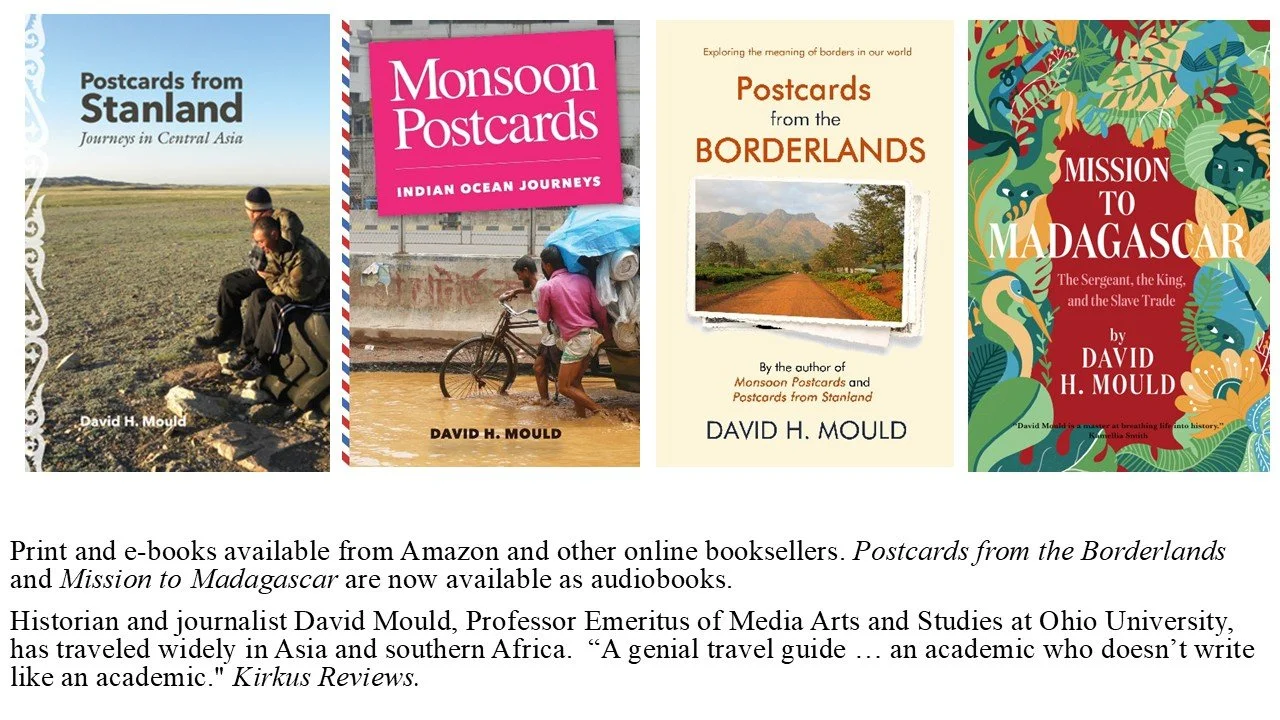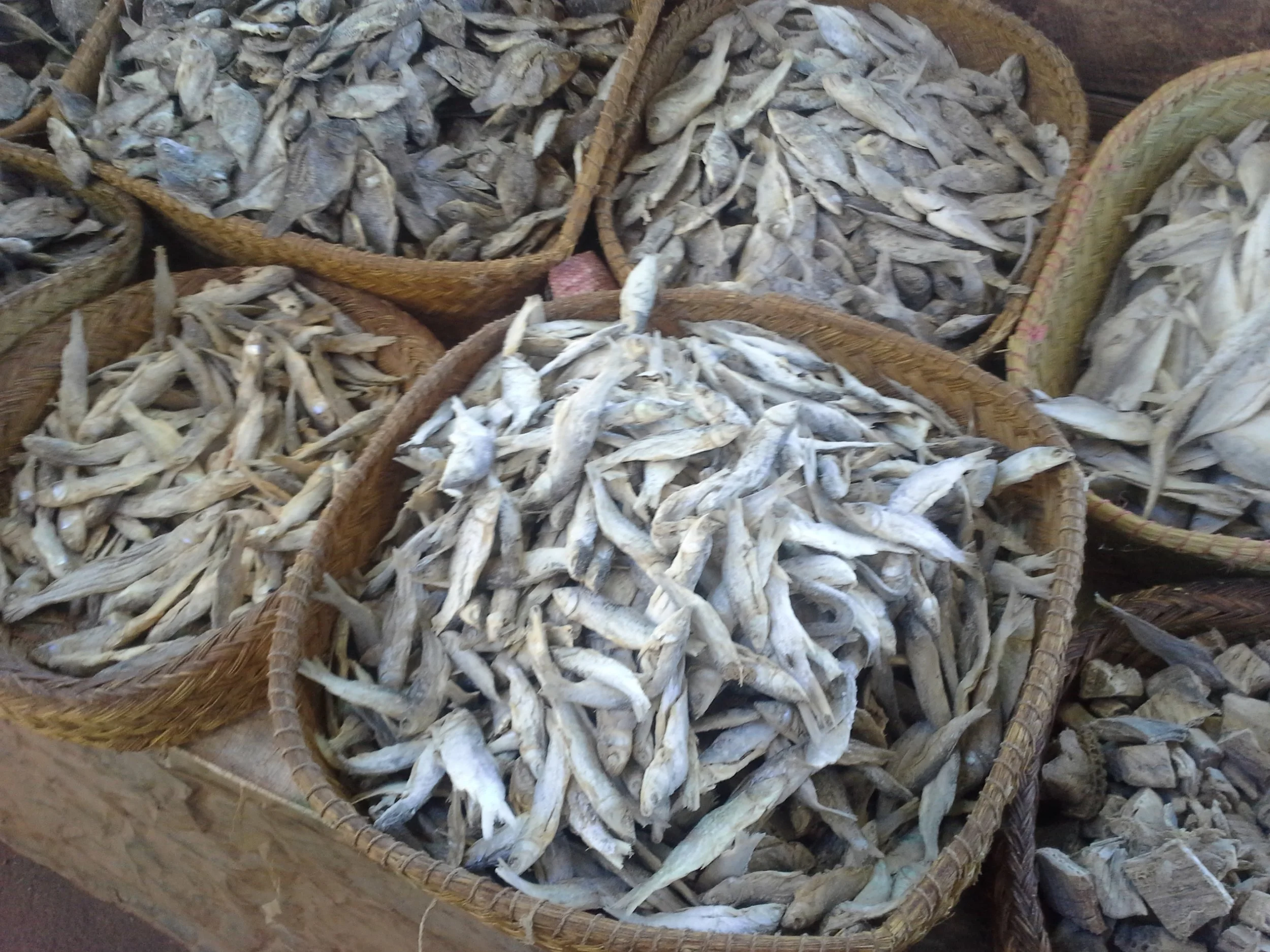The sound of the group singing drifted in from the courtyard during breakfast on my first morning in Antananarivo. The tune was familiar, but in my early-morning stupor after a long flight I couldn’t place it. Then it came to me. It was my father’s favorite hymn, Abide with Me, composed in the mid-19th century and an Anglican standard. I had sung it often during my childhood, usually at school assemblies or compulsory Sunday church attendance. I remembered the opening lines, “Abide with me, fast falls the eventide,” although the line seemed surreal on a hot sunny morning in the middle of Madagascar’s capital city. I wondered how this hymn had traveled across two continents and been translated into Malagasy.
For that cultural exchange, we can credit a lesser-known group of 19th century colonizers, the Norwegian Lutherans. They were young men from the farms and fjords, called to the mission of converting the peoples of southern Africa to Christianity and civilization. They boarded ships in Bergen and Stavanger and set off for a long sea trip to an unknown island in the southern Indian Ocean. The first two missionaries arrived in 1866 and established a Lutheran church at Betafo in the central highlands south of Antananarivo. Others followed and were joined by American Lutheran missionaries. Some had left young wives on the farm, promising to return when God’s work was done. Most never did, and entered into accepted, but unsanctified, unions with Malagasy women.
Lutheran church in Antsirabe, Madagascar
Through most of the 19th century, the Merina monarchs who ruled Madagascar were diplomatically and militarily supported by the British Empire. That gave an early field advantage to the London Missionary Society (LMS) which was first on the scene in the 1820s, although the king, Radama I, valued the missionaries more for the industries they established and the skills they taught than for their religious teachings. After almost two decades of openness to trade, religion and other European contacts, the Merina kingdom turned inward and xenophobic under Radama’s successor, the capricious and bloodthirsty Queen Ranavalona I. For a few years, the missionaries were allowed to continue teaching, preaching and distributing religious texts, but from 1831 the government started clamping down on their activities. The queen’s hostility was fed by reports that Christian converts were contemptuous of ancient customs and regarded the royal talismans—sacred wooden objects carried on military campaigns and state processions to protect the kingdom—as idols. In 1835, she banned Christianity and ordered all who had been baptized to confess and recant. Most did, but those who refused, or continued to practice religion in private, were vigorously persecuted.
In 1835, all missionaries left Madagascar, but many converts held to their faith, worshipping in private homes or in the countryside, hiding their bibles in caves and holes in the ground. The martyrdom suffered by Malagasy Christians only served to strengthen their resolve. When, in 1861, the new king Radama II restored freedom of religion and declared an amnesty for all condemned for their beliefs, thousands flocked to newly-opened places of worship. Christianity was no longer a foreign import because the Malagasy Christians had their own martyrs, preachers and ordained pastors. Protestantism became established, even socially fashionable, among the ruling classes.
With the field opened again for missionary activity, the LMS faced competition from other Protestant denominations, including the Anglicans and Lutherans. The Jesuits, based on the French island of Réunion, established missions on the west coast, and by the 1860s were competing for souls in the central highlands and on the east coast. The influence of the Roman Catholic Church increased after Madagascar became a French colony in 1896. Yet Lutheranism continued to thrive, and the missionaries built churches throughout the country. Today, the Malagasy Lutheran Church claims to have more than four million members in Madagascar and other countries. And they love to sing.
We were staying at the Norwegian Mission in the Isoraka district, high on one of the city’s hills. It was originally built as an administrative center and provided accommodation for missionaries visiting the capital. Today, its guest houses are open to all, but you won’t find it advertised on the hotel or backpackers’ travel websites. It was recommended by one of our team members, Luke Freeman, an anthropologist who had worked in Madagascar for almost 25 years and had stayed there on previous visits. A group of two-story buildings around a garden, it’s an oasis from the traffic and bustle of the city. Each building has a memorial plaque to a noted missionary or church leader. History is even celebrated in the Wi-Fi code. No boring “guest 123” stuff, but a real name, Andrianarijaona (which is difficult to type, especially if you’re in a hurry). Rakoto Andrianarijaona, whose father and grandfather were both prominent revivalist pastors, became the first native Malagasy to be named leader of the national church in 1960.
For about $18 a night, you get a simple, clean room with bathroom, and a shower (the water was always hot). The so-called “Norwegian breakfast” (rolls, butter, jam, cheese, ham, tomatoes, cucumbers, juice and coffee) sets you back 8,000 ariary ($2.50); for $2.00 you can get the Malagasy breakfast of rice with leaves (rice and leaves in a broth), juice and coffee. There’s no bar, of course, but you are within a few minutes’ walk of three excellent, and modestly-priced, French restaurants and a Vietnamese. It's the best accommodation deal in town.





